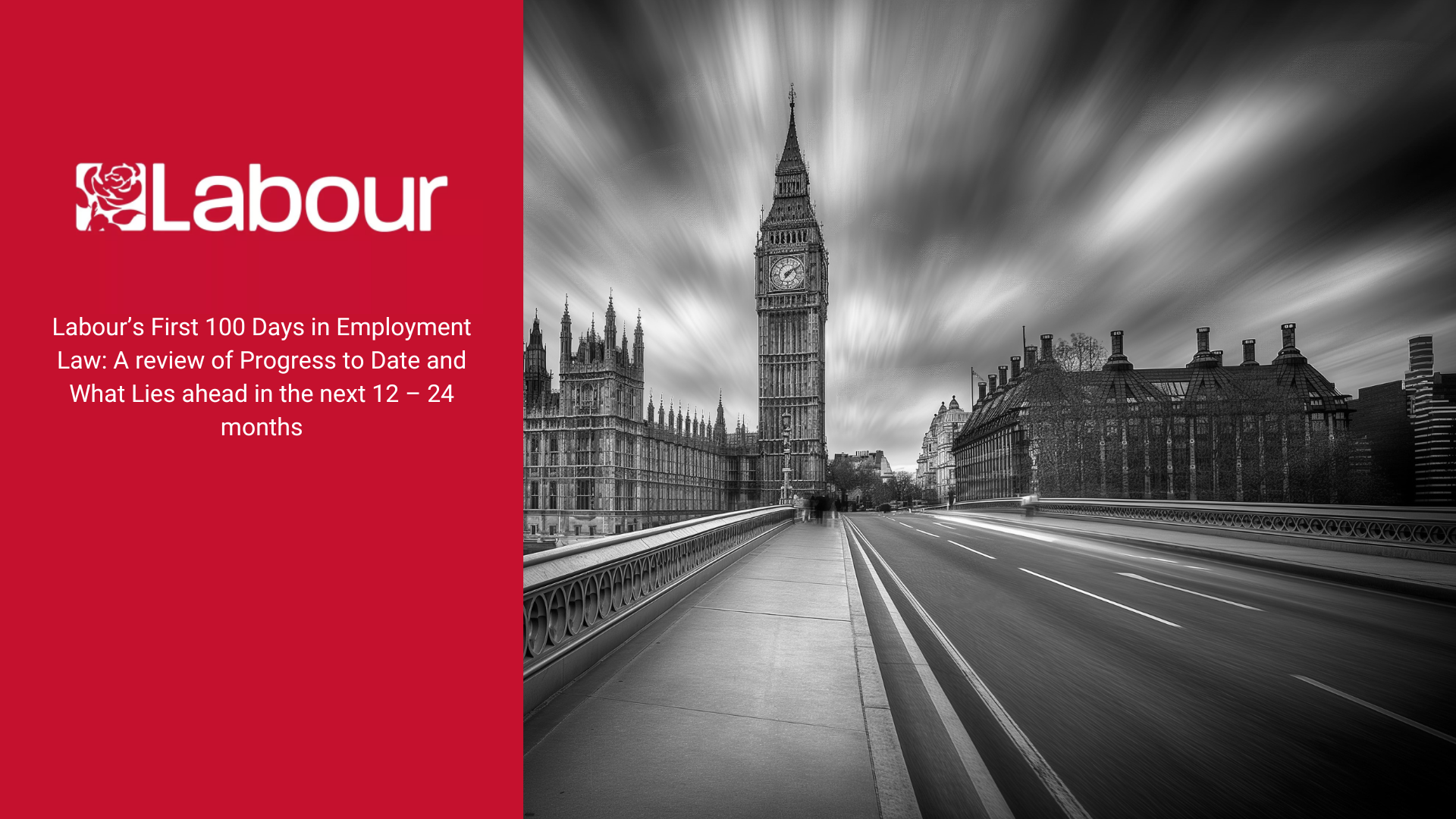Carrying out a disciplinary investigation
As an employer, you may need to carry out a disciplinary investigation. In these circumstances it is essential to handle the matter in a way that is both transparent and fair.
Acas Code of Practice
This should be an employer’s first port of call. The complete code of practice is available to download online.
Any tribunal which subsequently decides to investigate the matter (because the employee brought proceedings) will take account of whether (and to what extent) the employer followed this code of practice.
In some cases, the tribunal may even consider adjusting any compensation award by up to 25% for failure to comply with the code.
Acas has also published a guidebook on discipline and grievances at work, which provides further help.
The disciplinary procedure
Employers should have a written procedure in place that can be followed in cases of misconduct. The procedure should be clear and easy to understand. It’s a good idea to ensure employees are familiar with it.
The written document should set out the procedure for any investigation of the facts and any subsequent disciplinary hearings.
Suspension pending a disciplinary investigation
When allegations of serious misconduct are made, careful consideration needs to be given as to whether an employee should be suspended pending the investigation.
Factors to consider include:
- whether a failure to suspend the employee will affect whether a fair investigation can be carried out;
- whether it causes a risk to the business.
If it is considered essential to suspend the employee, the suspension should be as brief as possible, and be kept under review. Usually, it should also be paid.
It should be made clear to the employee that the suspension is not part of the disciplinary action. An unfair suspension could entitle an employee to bring a claim against the employer.
There are many factors to take into account when considering a suspension, and getting it wrong can be costly, so good advice should be taken.
Timing of the employer’s response
When an issue of misconduct is raised, it needs to be dealt with promptly by the employer – from appointing the people who will investigate to making the final decision on the outcome.
Establishing the facts from a disciplinary investigation
Where appropriate, employers should start by holding an investigatory meeting which attempts to establish the facts.
A separate investigation stage won’t always be necessary and will depend on the issues involved. For example, allegations of harassment, bullying or theft in the workplace are likely to require an investigation. Minor misconduct is less likely to need this treatment.
Who should investigate?
Where possible, different people should carry out the investigation and disciplinary hearing. How realistic this is may depend on the size of the business and the resources available.
The investigator should be sufficiently impartial and uninvolved. While a line manager may seem an obvious choice, their relationship to the case or the employee may require them to be excluded, depending on the circumstances.
Conduct of the investigation
There is no statutory right for an employee to be accompanied at a formal investigatory meeting. However, employers should consider any such request and allow it if it is reasonable to do so.
The employee concerned should also be told about the nature of the investigation and given time to prepare, as well as being allowed to give their version of events.
Employers cannot force witnesses to give evidence. However, they should reassure and encourage them to do so.
While witnesses may want to be anonymous, employers should be careful about agreeing to this. It can make it hard for the ‘accused’ to fairly defend any claims if they don’t know who is making them.
Bear in mind that the investigatory hearing is not the same as the disciplinary hearing. The purpose of the investigation is simply to establish the facts. What action should be taken in respect of those facts should be dealt with at any subsequent disciplinary hearing.
The outcome of a disciplinary investigation
Once the evidence has been heard, those in charge of the investigation will need to decide what happened. In doing so, they must consider whether the allegations are more likely to have occurred than not (i.e. based on the ‘balance of probabilities’).
Evaluating the evidence is not always easy. Factors to consider may include:
- the credibility of any witnesses,
- any discrepancies in the evidence,
- any explanations given.
The disciplinary hearing
If it is decided at the investigation stage that the employee has been guilty of misconduct, the next stage is to hold a disciplinary hearing.
The employee should be notified of the decision in writing and given enough information about the alleged misconduct and possible consequences.
The disciplinary hearing should be dealt with as quickly as is reasonable.
Getting professional help with disciplinary issues
Conducting a disciplinary investigation can be daunting. It must follow a fair and transparent procedure.
If you’d like to discuss any of the matters raised in this post, or if you need help with conducting a disciplinary investigation, our experienced team of employment law solicitors can assist you and your organisation. Get in touch today for an initial consultation.











